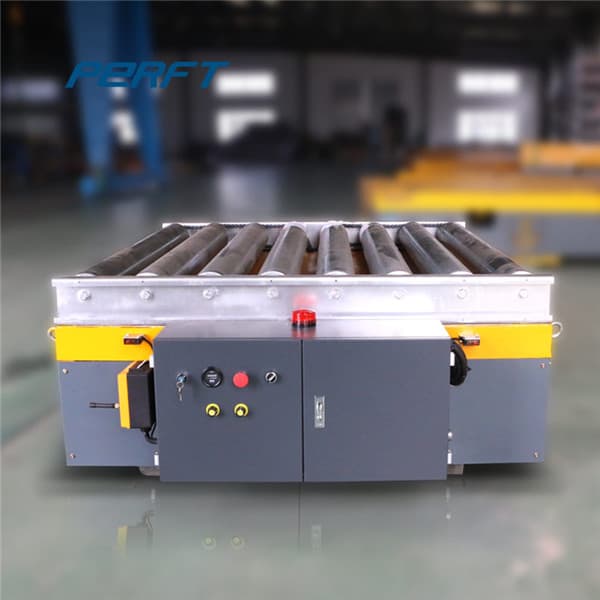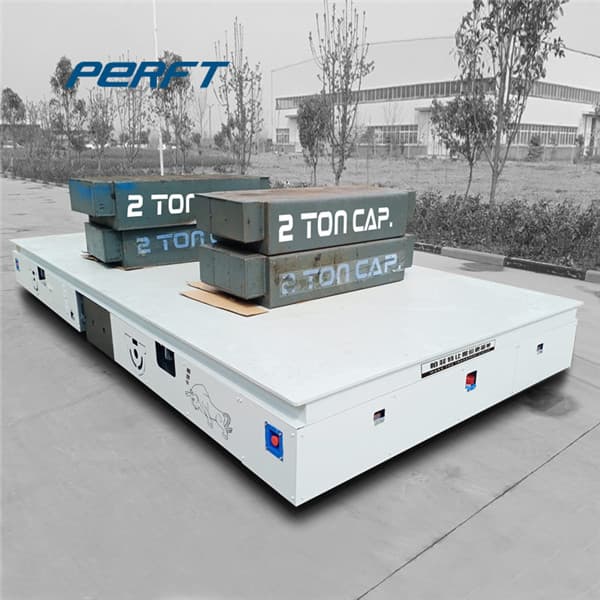
out of and immediately into the battery to keep all the cells of the battery within a narrow band of temperature. This function is enabled by another bypass valve in the hot MMFC. Similarly, the cold MMFC comprises six on/off valves and directs cold coolant to the

The Kia Access with UVO link app allows you to remotely control your electric vehicle from afar. UVO link seamlessly connects your compatible smartphone to your EV, giving you access to battery status, charging schedules, remote lock/unlock, remote climate control, 24-hour roadside assistance, and much more. Learn more at owners.kia.com. *.

Find here Battery Operated Private Vehicles, Battery Operated Personal Vehicles manufacturers, suppliers & exporters in India. Get contact details & address of companies manufacturing and supplying Battery Operated Private Vehicles, Battery Operated Personal

shaped battery packs for optimum vehicle packaging. The majority of battery packs are located on the floor pan of the vehicle to optimise weight distribution, lower the vehicles centre of gravity as well as for mechanical design and safety [23]. 2.2. Charging

1/11/2010 · PesaranCustom an advanced vehicle simulator (ADVISOR), developed at the US National Renewable Energy Laboratory, which involves several battery models and finite element analysis. Chen and co-authors [10] developed a three-dimensional model for thermal analysis of lithium-ion batteries using a finite-difference technique.

General Battery Standards Standard Number Title IEC 60050 International electrotechnical vocabulary. Chapter 486: Secondary cells and batteries. IEC 60086-1, BS 387 Primary Batteries - General IEC 60086-2, BS Batteries - General ANSI C18.1M Portable

Electric Vehicle Battery Thermal Issues and Thermal Management Techniques John P. Rugh, NREL Ahmad Pesaran, NREL Kandler Smith, NREL NREL/PR-5400-52818 Presented at the SAE 2011 Alternative Refrigerant and System Efficiency Symposium

1/1/2014 · In this study, a comprehensive review of existing technological solutions for wireless power transferCustom in electric vehicle battery chargers is given. The concept of each solution is thoroughly reviewed and the feasibility is evaluated considering the present limitations in power electronics technology, cost and consumer acceptance.

22/5/2020 · This is the cost you’ll save sPerfect Steerable Transfer Carte the EV’s battery becomes the storage; there is no need to invest in a separate storage battery as well it’s costly installation. In addition, typical home storage batteries have a capacity of only 4 to 12 kWh, whereas an electric vehicle has aPerfectr capacity of minimum of 10 to 100 kWh batteries.

All battery driven electric transfer cart are competitive in high quality and good performance. As one of the most professional manufacturers and suppliers in China, we warmly welcome you to wholesale customized battery driven electric transfer cart made in China at

16/2/2021 · Vehicle-to-grid technology – also referred to as 'V2G' – is the process of feeding the energy stored in an electric vehicle’s (EV) battery back into the National Grid. Why bother? To help boost the Grid’s energy supply at times of peak demand. Oh, and it’s a nice little earner too.

8/5/2017 · TYPES OF CHARGING SYSTEMS Conductive Charging It utilizes connector between the Electric power source and vehicle battery. This type of charging is utilized in Residential areas. Inductive Charging Wireless charging coupled with magnetic resonance to transfer power from a transmitting pad to a receiving pad.

Heat transfers between the battery and vehicle wall primarily through natural air convection, and the heat generated by the battery part dissipates into the environment via the shell. The other part of the heat is absorbed by the shell of the vehicle, which causes the

OEMTOOLS 87230 Battery-Operated Liquid Transfer Pump, Pumps Up to 6 Quarts of Gas, Water, or Oil Per Minute, Cordless Battery Powered Siphon Pump, No Spills $26.98 $ 26 . 98 $34.99 $34.99 Get it as soon as Wed, Jul 7

3/6/2021 · That means to transfer 222 hWh of energy would take 38 minutes [(222 kWh/350 kW) x (60 minutes/hour)], assuming the vehicle could stay at peak charging for the full time and no charging losses.